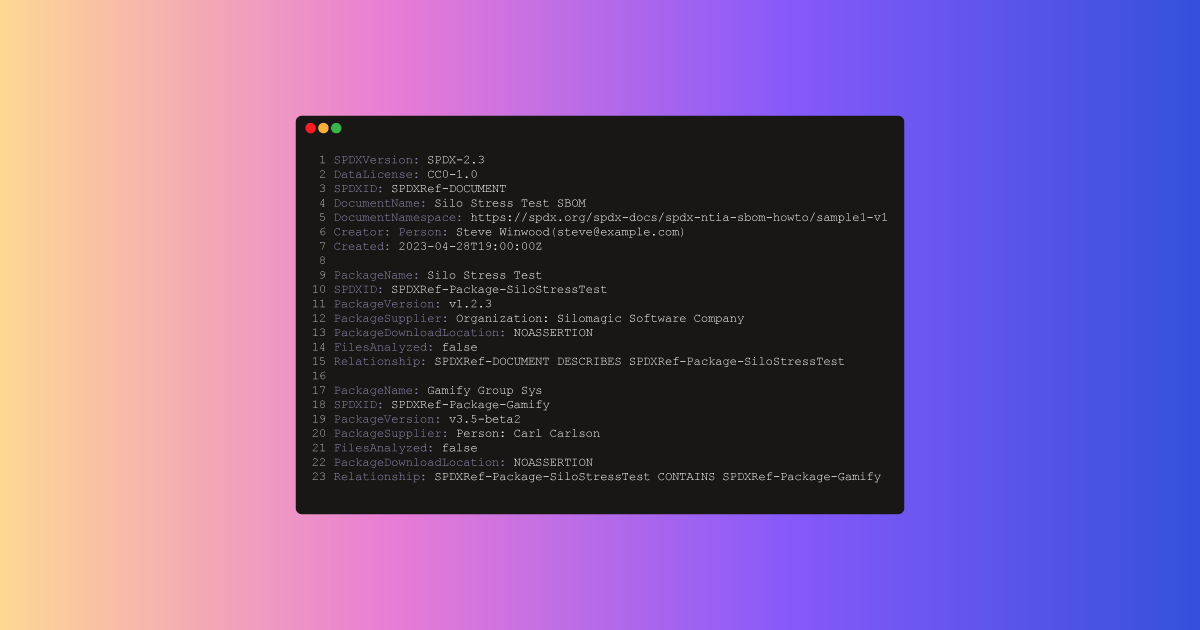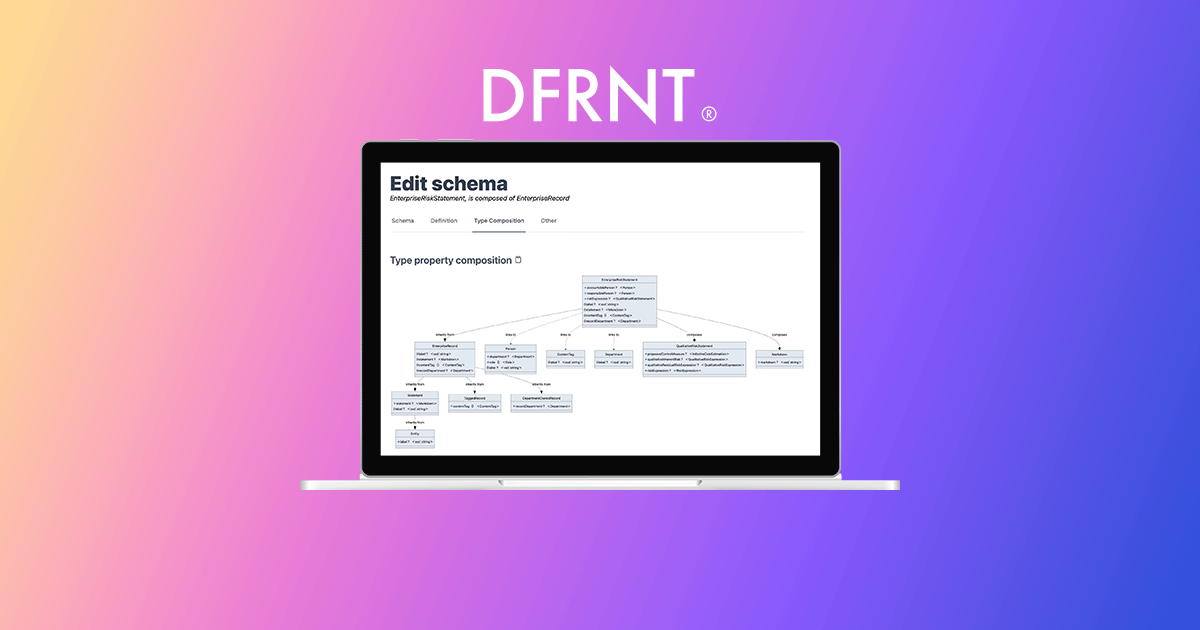Document Translation Use Case
An AI translation management systems company uses a mixture of AI and human translators to automate the translation of marketing content, applications, games, websites, and documentation to a multitude of languages via a software platform.
The business provides enterprise services, and solutions for translation companies and translators to use to improve their own services. The translation management system acts as a central data store for all translations and integrates with a range of CMS, documentation, and storage solutions.
In order to enhance the system, to achieve better customer satisfaction, retention, and acquisition, the business looked for ways to improve the productivity, translation efficiency, and accuracy of its services.
Situation
Before
The importance of approving and validating both human and AI translations meant that the translation business built Git-like workflows into the application layer of the translation management system. Due to the complicated nature of developing data approval workflows into the application, the in-house tool is slow and provides little visibility about what has changed within a document. This makes spotting inaccuracies difficult and productivity slow.
A significant amount of engineering time is spent building and maintaining the workflow and approval layer, but the investment is not having the desired impact in terms of improving productivity and translation accuracy.
After
The translation business has replaced its in-house approval workflow layer and implemented TerminusDB workflow pipelines for translating documents into a variety of languages.
Translation teams have control over their own data and schemas with the ability to branch the database and make changes without impacting the main database. Translators can make improvements to the translations and when merging into the main database, an automated approval request is sent to ensure accuracy before it goes live.
The approval request features an interface to show the differences between the two document versions, showing what has been changed, added, and deleted so users can quickly visualize differences. They can approve the original, approve the new, or supply a completely new version to be reapproved.
When new content, software, or documentation needs translating, the translating team can also branch their schema to make changes to the data structure so that new documents can be added, tested, and approved before merging.
Pain Points
The translation business faced the following pain points:
Translation inaccuracies – Due to the slow and cumbersome in-house workflow processes and the difficulty visualizing changes, inaccuracies are difficult to spot and eliminate. This leads to customer dissatisfaction.
No visibility of translation changes – With no adequate user interface to visualize translation changes, translation teams’ productivity is impacted as it takes more effort and time to see where and what changes have been made. It also impacts data accuracy as with no clear visualization errors can creep into the main database.
Inefficient translation processes leading to low productivity – The slow and cumbersome approval processes and the inability to visualize changes result in low productivity which negatively impacts customer satisfaction and retention.
Significant software engineering time – Building and maintaining complex solutions for approval workflows eats a lot of engineering time and incurs high costs.
How TerminusDB solved the pain points
The following TerminusDB features help the translation business solve their pain points:
Workflow and collaboration tools: TerminusDB uses delta encoding: a way of storing and transmitting data in the form of deltas (differences) between sequential data rather than complete files. Deltas are stored in succinct terminusdb-store structures. The delta encoding approach facilitates database branch and merge with automated approval workflows to enable the translation teams to collaboratively ensure accuracy. Creating branches, approvals, and merge requests are handled by the user interface, to enable non-technical users to use these advanced tools easily as part of their day job.
JSON diff and patch: TerminusDB enables users to compare two JSON documents. The JSON diff and patch functionalities enable user interface-assisted patch operations to let them decide the best course of action for the changes. Users with no technical knowledge use a clean interface to compare the two translations with highlighted changes and can proceed using a simple form. They can accept the original, accept the new version, or suggest a completely new change.
Branch, workflow pipelines, diff & patch, and merge: The tools available to translation teams improves productivity by speeding up the time to make changes, visualize them, and approve. Teams can branch their data to make changes safely away from the main database and the automated approval pipelines with the visual diff interface make reviewing and accepting changes quick and easy.
Workflow pipeline layer: TerminusDB has multiple operational APIs and analytical endpoints to make layering the rich workflow pipelines on top of the AI translation management system easier and less labor-intensive for software engineers to manage.
Results with TerminusDB
The implementation of TerminusDB resulted in improved:
Translation accuracy – the ability to visualize translation changes and to quickly branch the database to make updates has improved data accuracy. In some use cases, there has been a 60 percent drop in errors.
Customer service and satisfaction – More accurate and reliable translations improve customer satisfaction levels. The feature-rich diff user interface helps users speed up changes to translations and makes enterprise and translation companies more productive. The average time saving is estimated to be 20 minutes per translation change, multiplied by hundreds and thousands of translations is a big time saver. Better satisfaction equates to better retention and acquisition.
Productivity – Better and easier to implement approval workflows combined with JSON diff and patch operations result in improved productivity for customers. Translations to many languages require less time to implement and as a result greatly improve the translation costs.
Software engineering workload: Due to the ease in which TerminusDB is added as a layer on top of the AI translation management service, and the features it comes with, software engineers spend less time building, fixing, and maintaining their in-house software and can concentrate on other areas of the business.
Table of Contents

Manage Your SBOM with a Headless CMS
An SBOM identifies, tracks, and maintains a list of all the software components and dependencies, this article looks at how headless CMS is a good solution to manage this process.

Straight Through Processing of Insurance Claims
Using declarative logic and semantic descriptions, we build a low-code app for straight-through processing of insurance claims.

Data Modelling & Collaboration for Change Makers – Do Good With DFRNT
DFRNT is a tool for change makers to model and build data products. With advanced data modelling and graph visualisation, data architects can tackle complex problems.